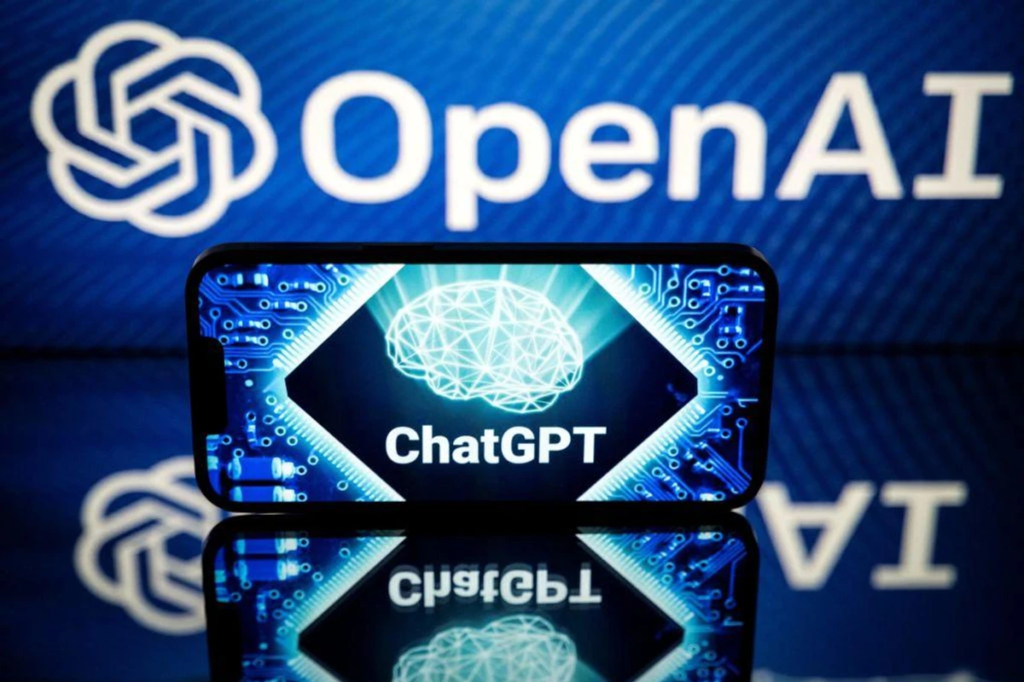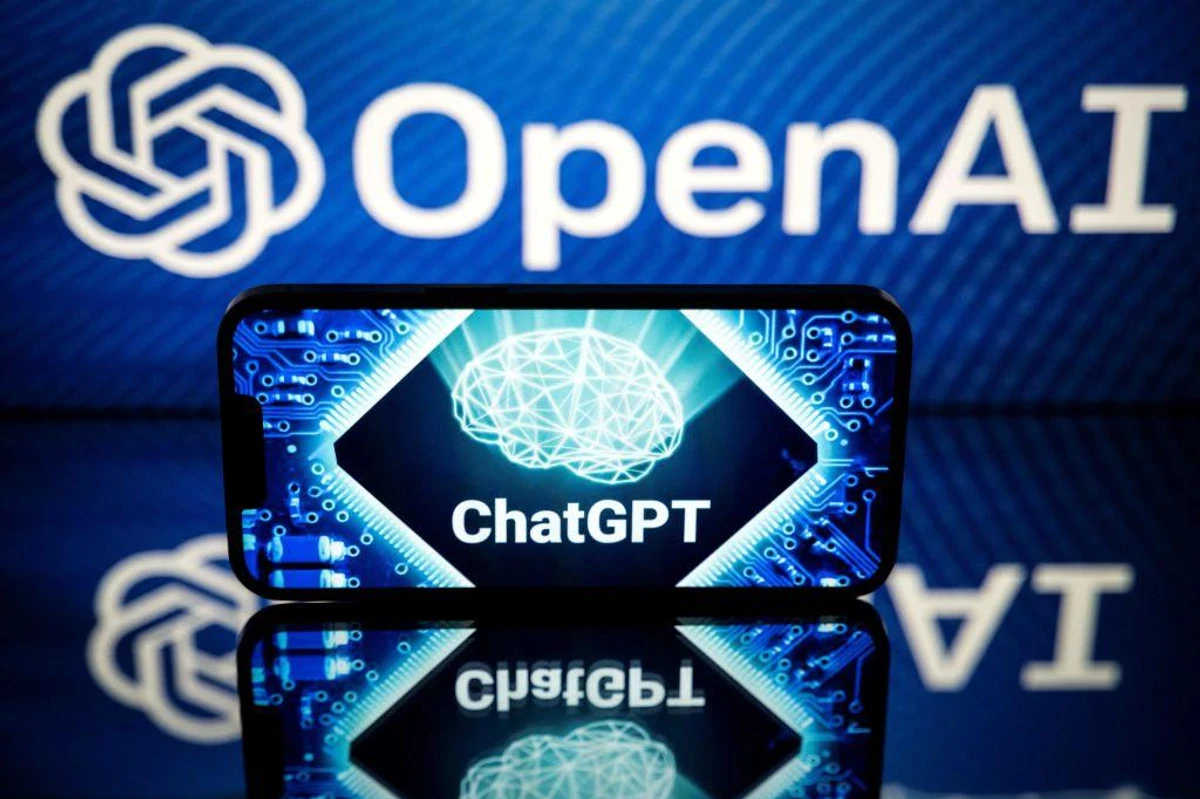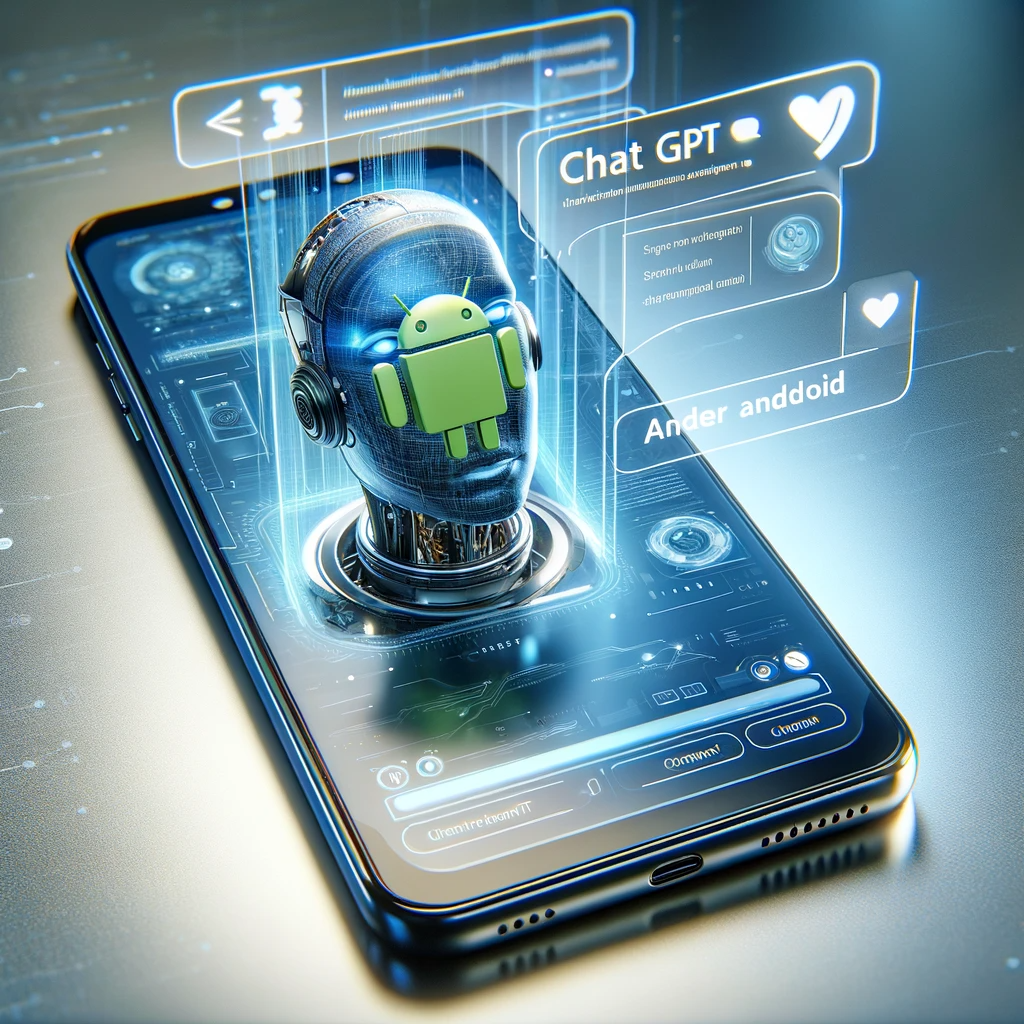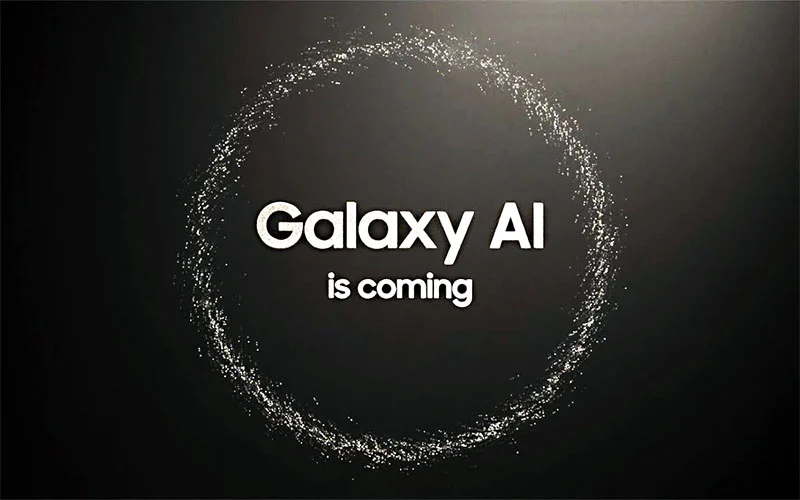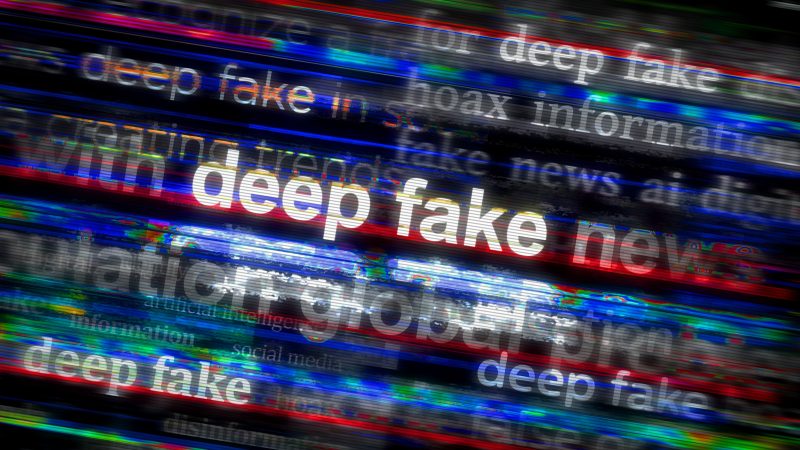artificial intelligence
Samsung Places AI at Forefront as 2024 Phone Launches Kick-Off

I am a law graduate from NLU Lucknow. I have a flair for creative writing and hence in my free time work as a freelance content writer.
Former Pakistan PM Imran Khan Has Used AI Voice Clone to Campaign From Jail

I am a law graduate from NLU Lucknow. I have a flair for creative writing and hence in my free time work as a freelance content writer.
US Navy, UK, Australia to Test AI System to Help Crews Track Chinese Submarines in Pacific

I am a student pursuing my bachelor’s in information technology. I have a interest in writing so, I am working a freelance content writer because I enjoy writing. I also write poetries. I believe in the quote by anne frank “paper has more patience than person
